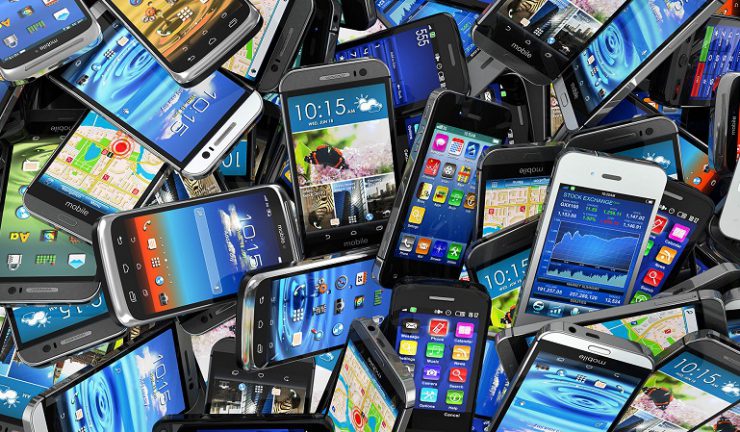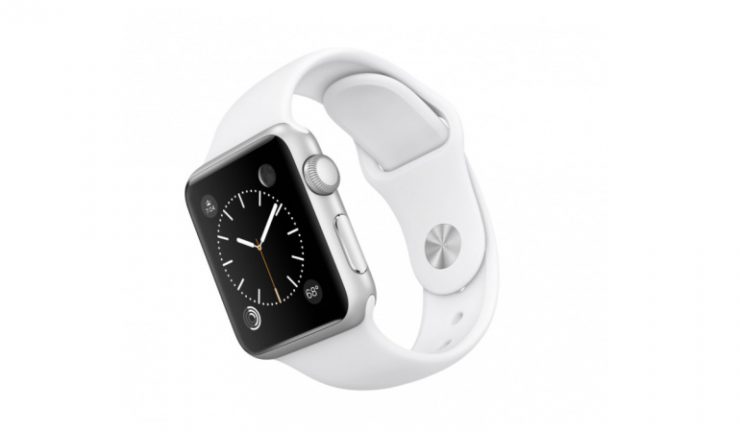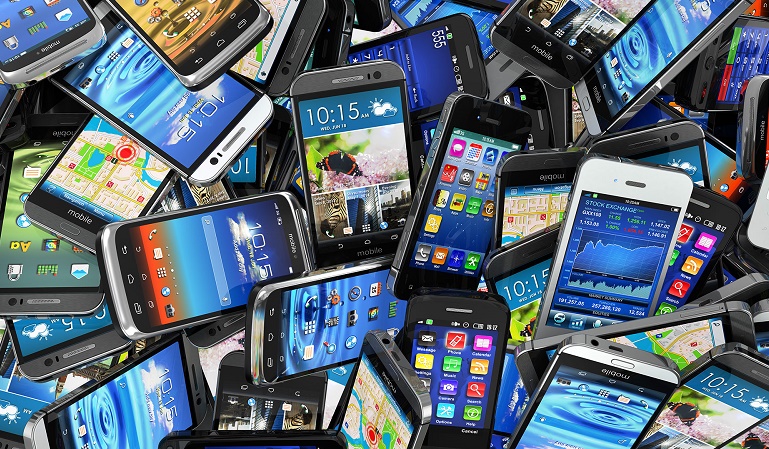Mobile payment usage surges.
Smartphone sales experienced strong growth in 2017 driven by an Android replacement cycle, according to a new study from technology analyst firm Telsyte that found overall year-on-year smartphone sales were up 11% with 9.2 million units sold.
Telsyte estimates 4.8 million smartphones were sold in the 2H 2017, up 6% from the 2016 2H. Android devices made up 55% of all units sold, mainly due to 2017 being a replacement year for Android users. There are now some 19.3 million smartphone users in Australia, with 8.6 million using iPhones and 10.3 million on Android with about 0.4 million using other platforms. The top three Android vendors in 2H 2017 were Samsung, Oppo and Huawei.
Despite a predicted upturn in Apple sales due to the iPhone X, a significant number of additional sales were not recorded in Australia, mostly due to the high price tag and short time-in-market during the calendar year. Overall, the iPhone 8, 8 Plus, and 7 were the most popular iPhone models in 2H 2017.

Australians paying more for internal storage as mobile payments grow
The average cost of a smartphone in Australia has risen by more than 30% since 2015, according to Telsyte. One reason for this estimated rise is Australian smartphone users are now seeking models that have extra internal storage, which generally cost more. Internal storage is now ranked the fourth most important feature when choosing a smartphone, up from sixth spot in 2016. Over 70% of smartphone users claim internal smartphone storage is an important factor in their purchasing criteria.
Due to higher investments in smartphones, the average replacement cycle for devices is now closer to three years rather than the previous two years. Additionally, 44% of smartphone users say the number one reason for not buying a new device is that their smartphone is “still in good condition”.
Despite iPhone sales remaining steady to 2H 2017, Apple maintained the highest repeat purchase rate of any brand. Amongst those that use an iPhone and had purchased a replacement smartphone in 2H 2017, around 85% chose to purchase another iPhone. The next highest was Samsung, with more than a 70% repeat purchase rate.
The smartphone operating system is the fifth most important factor to people when choosing a smartphone, up from tenth spot in 2016, with three quarters of both iPhone and Android smartphone users finding this important.
“As the smartphone market has matured, platform loyalty is at an all-time high, creating almost two unique marketplaces,” Telsyte managing director, Foad Fadaghi said.

Apple watches dominates smart wrist wearable sales
Sales of smartwatches have overtaken smart wristbands for the first time in Australia, 58% smartwatch versus 42% smart wristbands, with 844,000 smart wrist wearable devices sold in 2H 2017. Overall there was a year-on-year decline in smart wrist wearables dragged down by plummeting fitness band sales, which declined by over 30%. Conversely, six-month sales of smartwatches grew 29% compared to 2H 2016, as health and fitness features on smartwatches cannibalise less capable wrist bands. Almost three quarters of smartwatches (360,000) sold during 2H 2017 were Apple watches compared to just over six months ago.
Annual unit sales of Apple watches have been consistently outselling Swiss watches in Australia since 2016. However, Swiss watch revenues are higher as they often cost more and deliver higher margins for retailers. LTE or mobile network connectivity is igniting interest in the smartwatch category with Telsyte research shows almost 30% of Australians are now showing interest in smartwatches that have built-in mobile connectivity. The percentage increases to 51% amongst existing smartwatch users.
Telsyte believes the new Apple watch LTE that is able to connect to mobile networks, along with lower entry prices on other models, were the main drivers for the surge in Apple watch sales during 2H 2017 with Apple exceeding one million watch users in late 2017. Apple and Fitbit were still market leaders in smartwatch and fitness bands market respectively at the end of 2017.
Mobile payments growing in Australia – putting banks on Apple Pay notice
One in seven users has completed a mobile contactless payment transaction at an in-store payment terminal at least once, an increase from 8% in 2016. And this increasing adoption in mobile contactless payments is starting to influence Australian’s banking decisions. Apple Pay has the most potential to change Australians’ banking decisions as Android Pay is more widely supported by major banks in Australia.
“More than half of Apple watch users in Australia cannot use Apple Pay with their primary bank, creating a climate for attrition amongst some of the most valuable customers,” Telsyte senior analyst Alvin Lee said.
Around one in five iPhone users claim they are more likely to bank with a provider if it supports Apple Pay. This figure increases to 32% for those who are also using an Apple watch.

